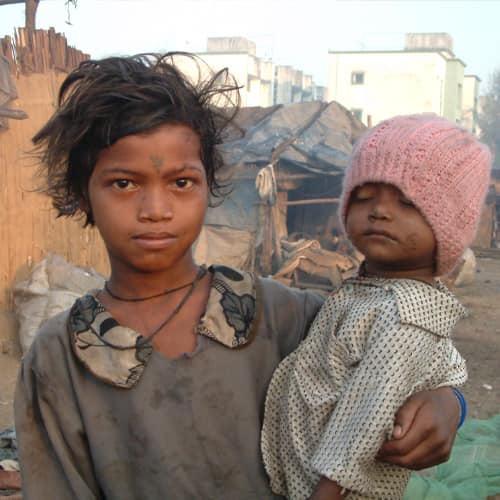What Is Hygiene Poverty?
The Poverty Impact Network defines hygiene poverty as “an inability to afford everyday hygiene products, such as shampoo, toilet paper, grooming products, dish soap, etc.”[1] How this looks for each person or family may be different, but the results are often the same: shame, avoidance of other people, inability to get work, not going to school, and more.
This “tends to be a vicious cycle,” reports the Poverty Impact Network. “Once a person falls into it, they face challenges in digging out. Without proper hygiene, adults struggle to find employment because they can’t put their best foot forward during job interviews and children struggle to succeed in school. Poor hygiene for children can actually lead to death.”[2]
Part of the struggle for proper hygiene for those in poverty is a lack of safe toilet options. If a village or town does not have the infrastructure for bathrooms of any kind, then the people are forced to go to the bathroom wherever they can find a semi-secluded place, which is especially difficult for women and girls who are more vulnerable to be preyed upon.
Many organizations are aware that hygiene poverty is an issue that cannot be set on the back burner of progress. Great strides have been made in the last 20 years to provide safe sanitation to more people. However, solutions must be an option for those waiting on infrastructure to reach them.

Comments
Post a Comment